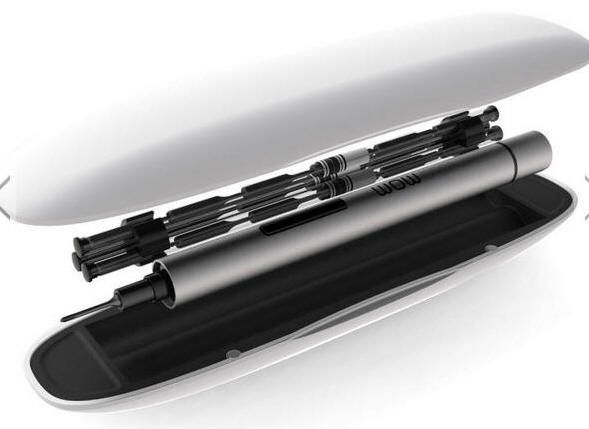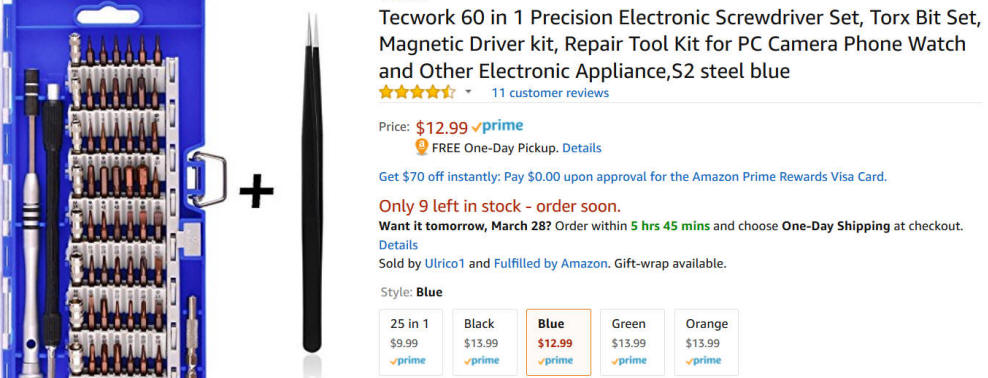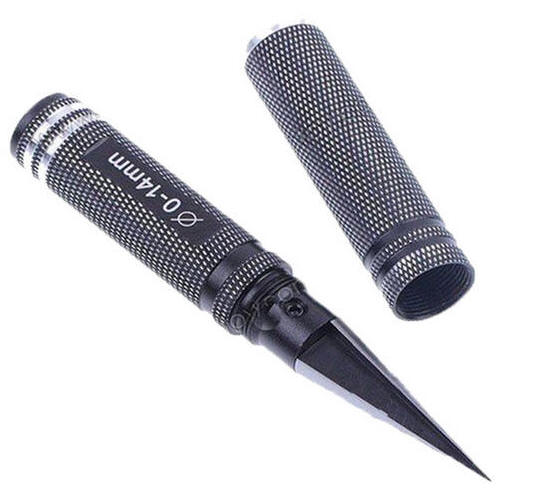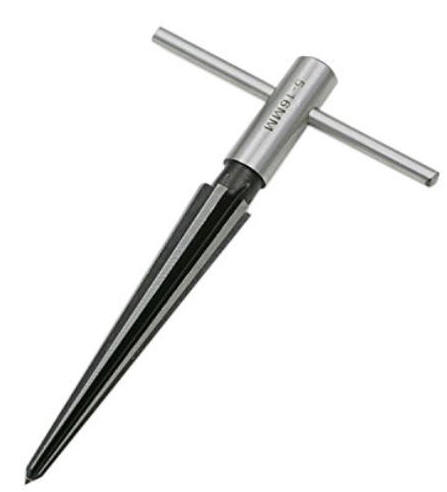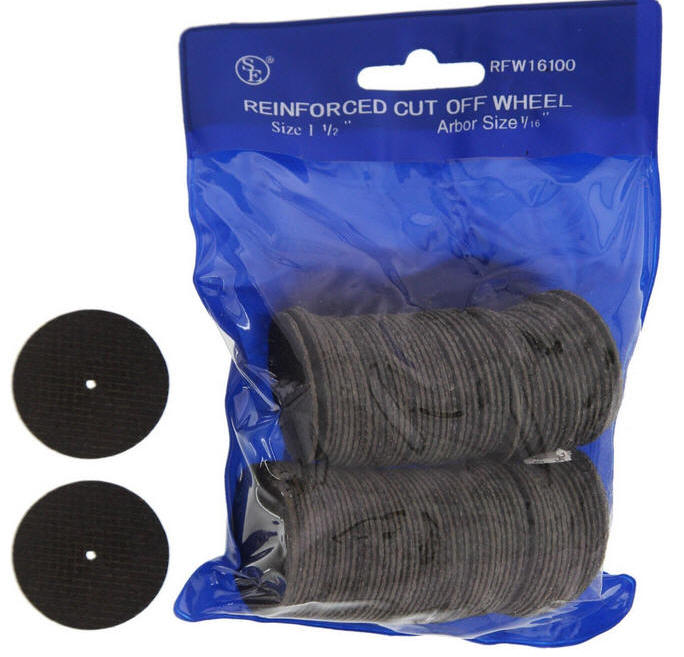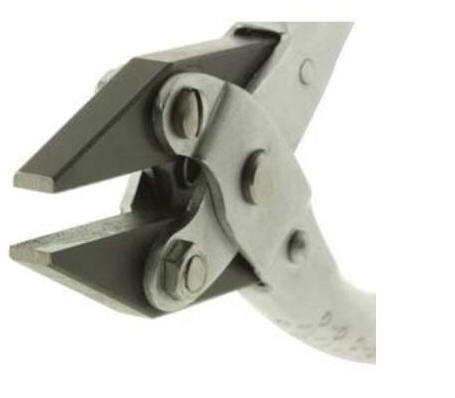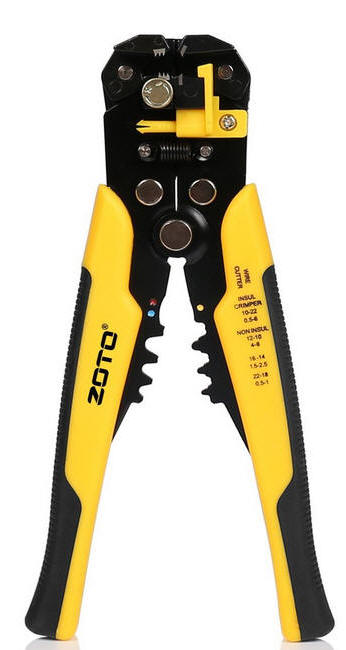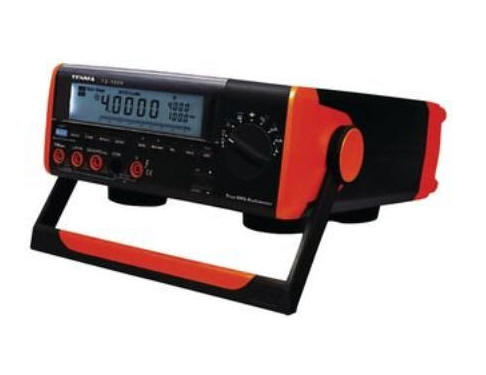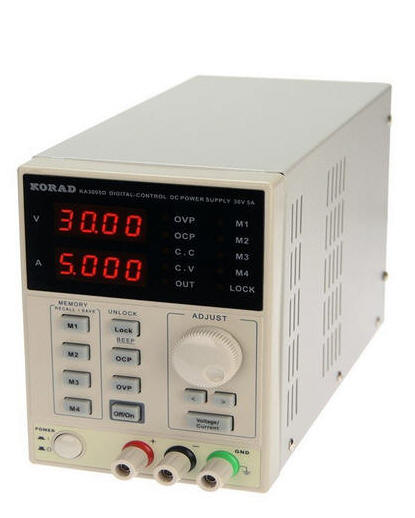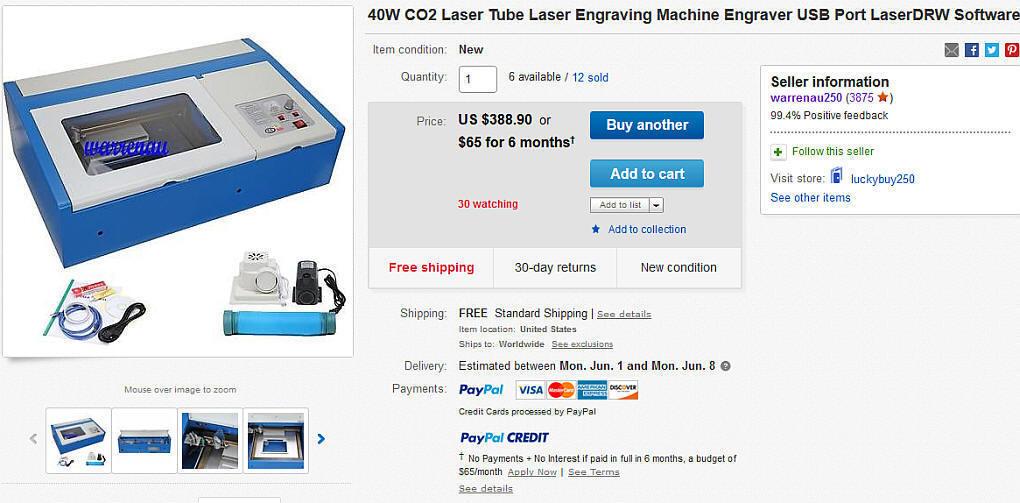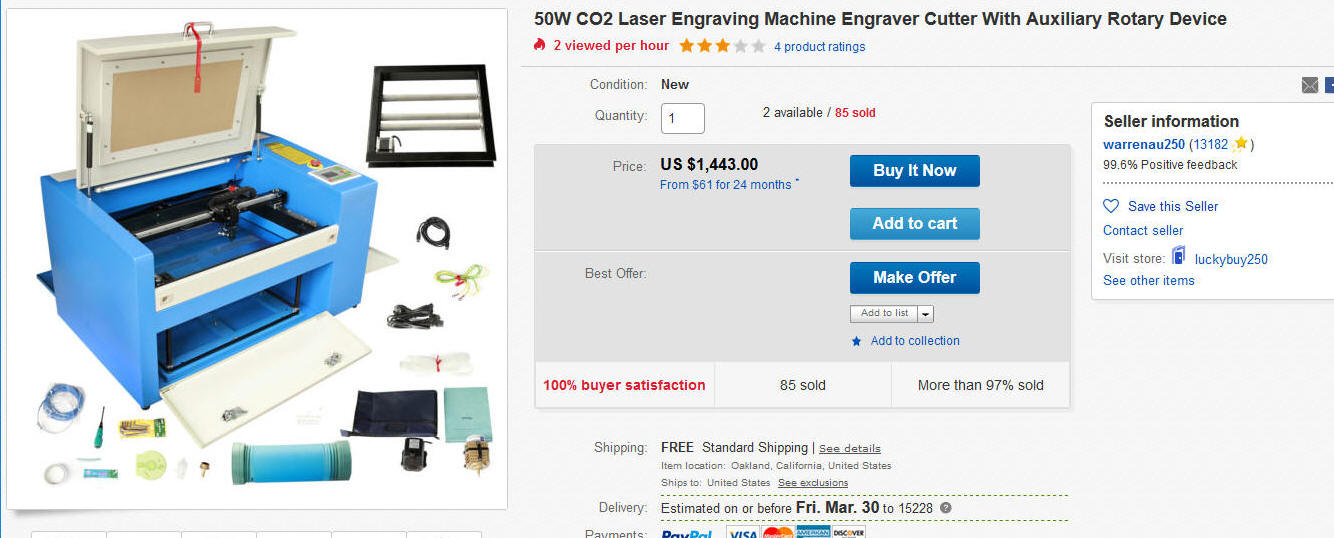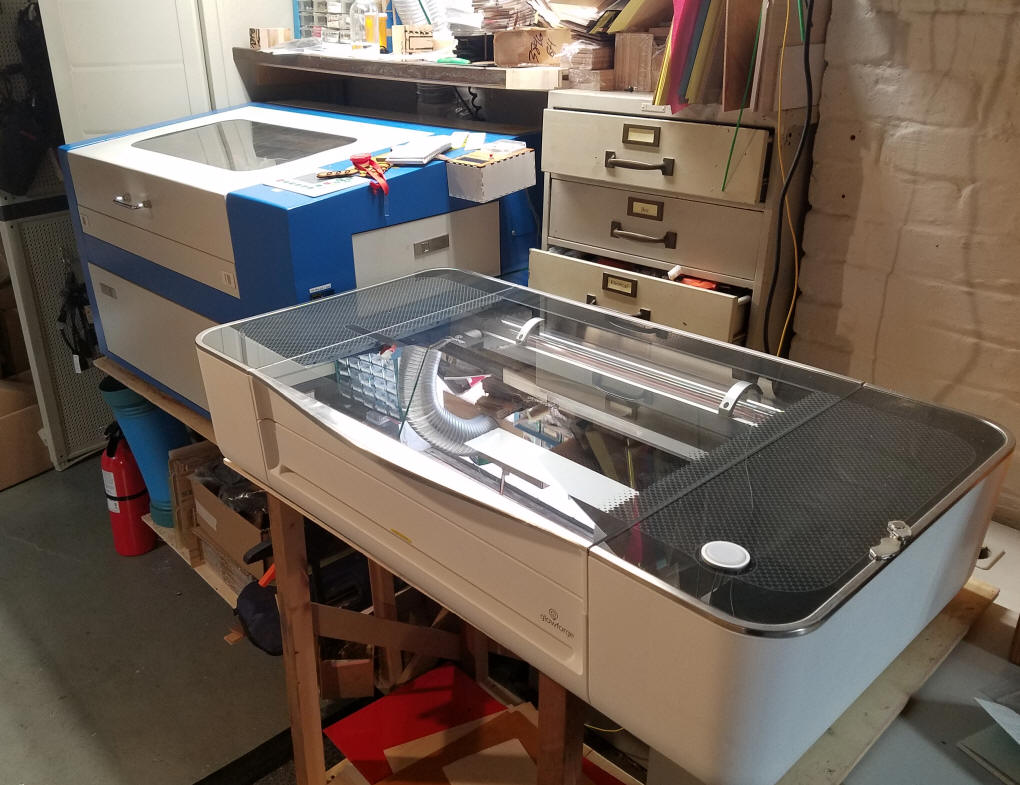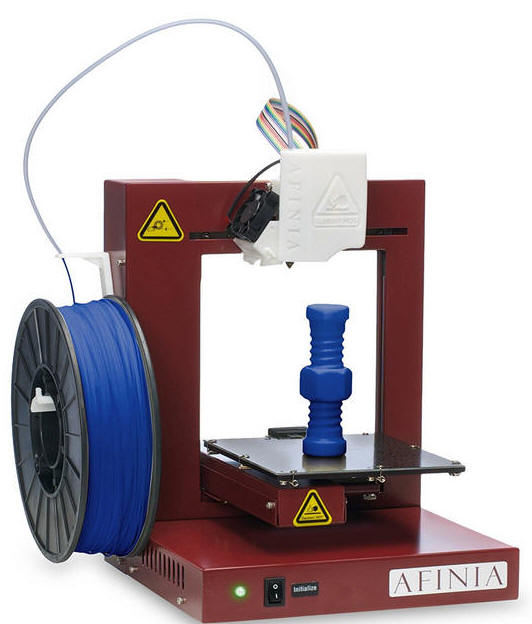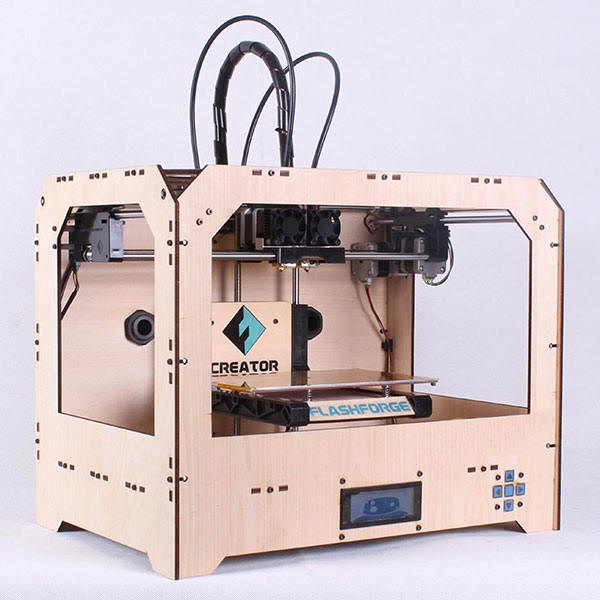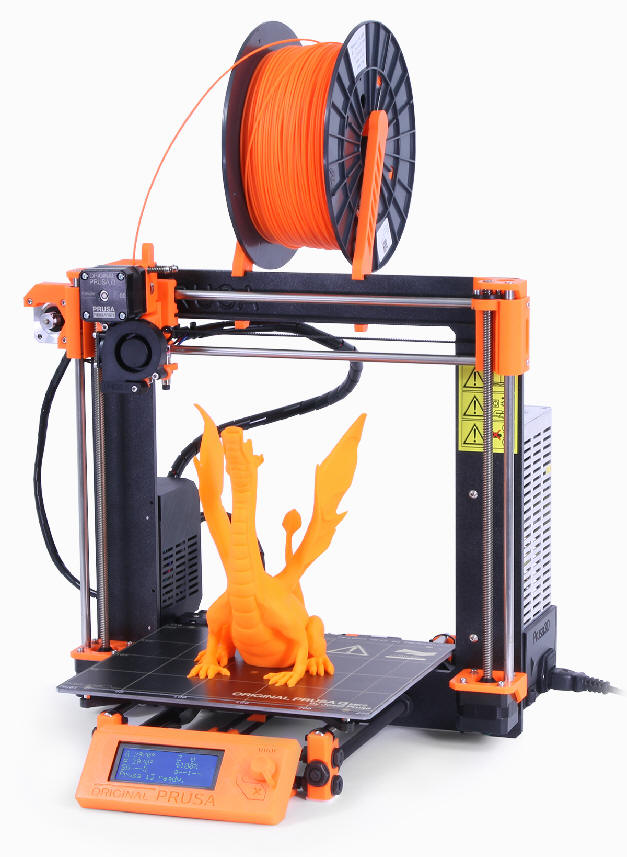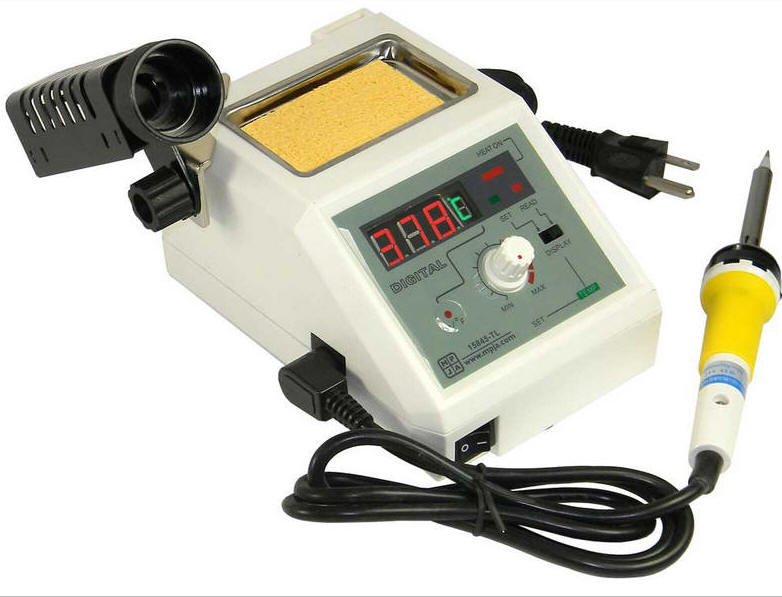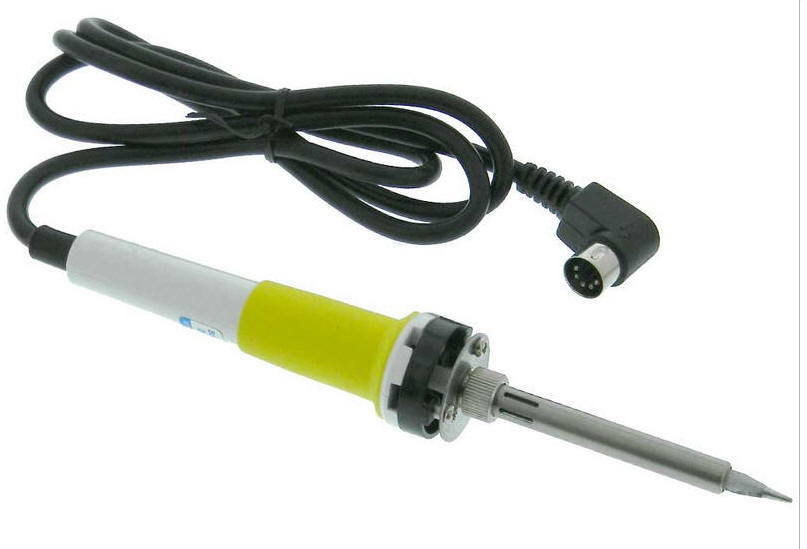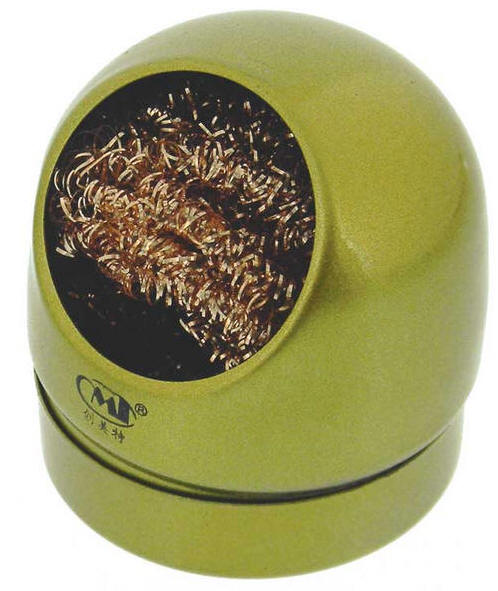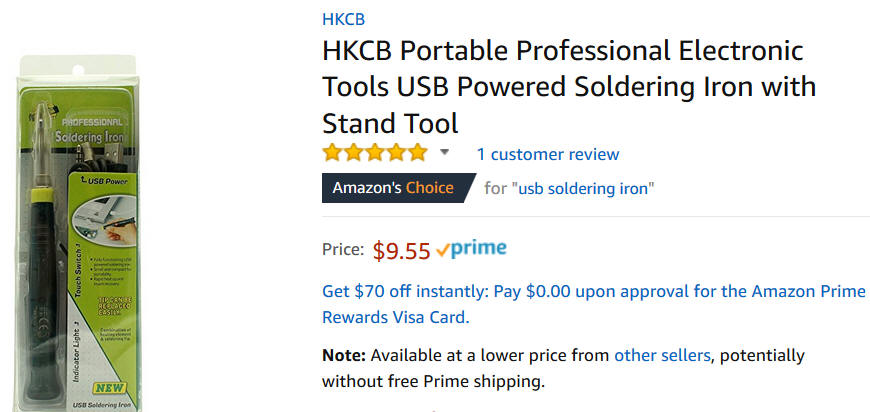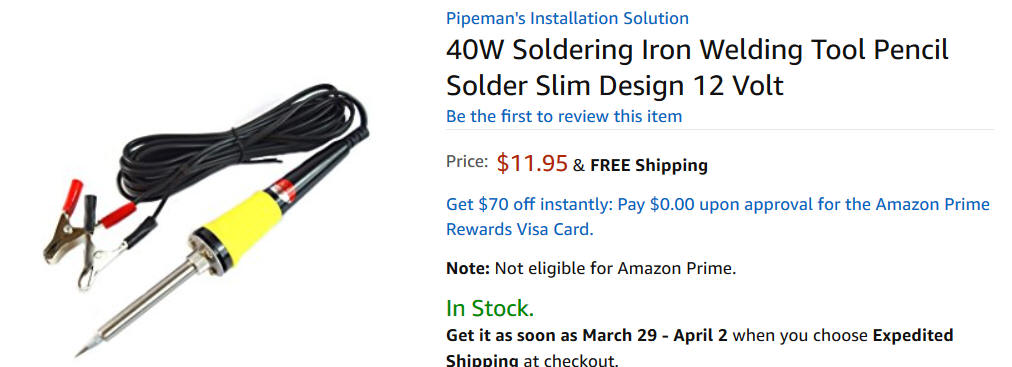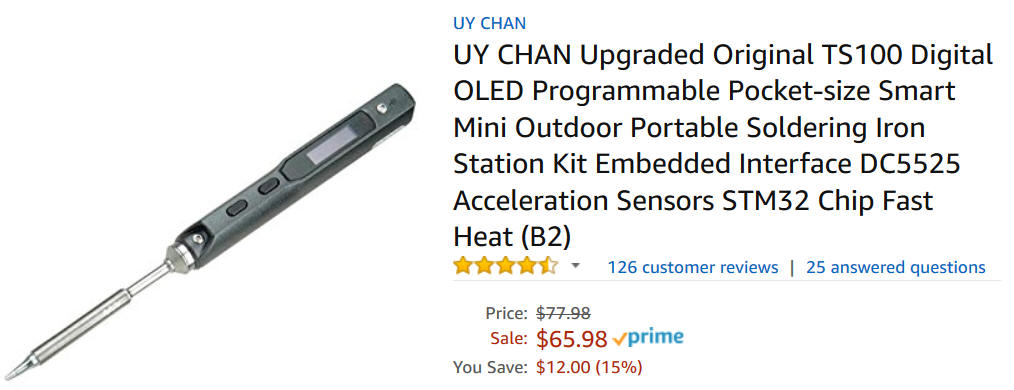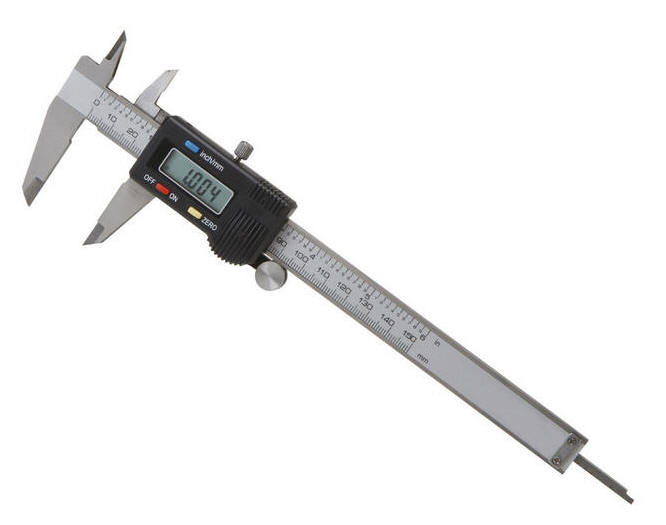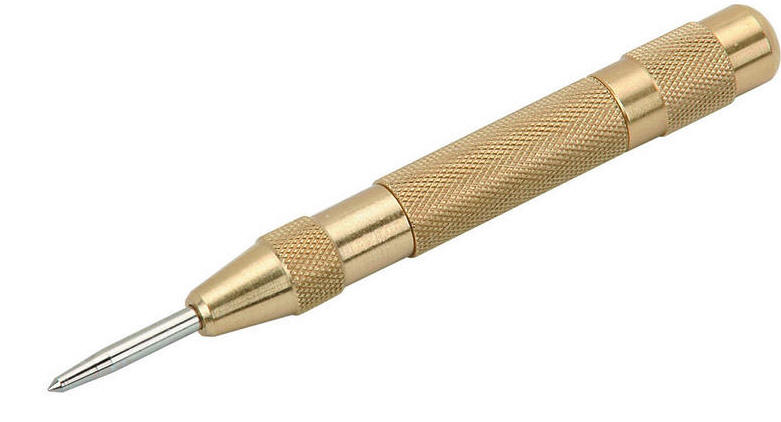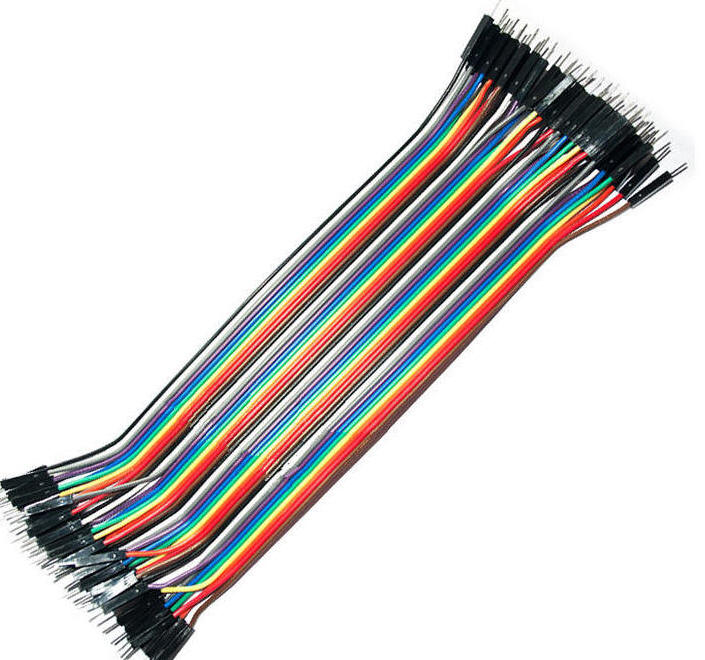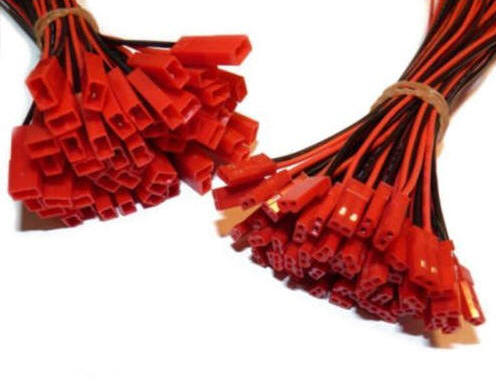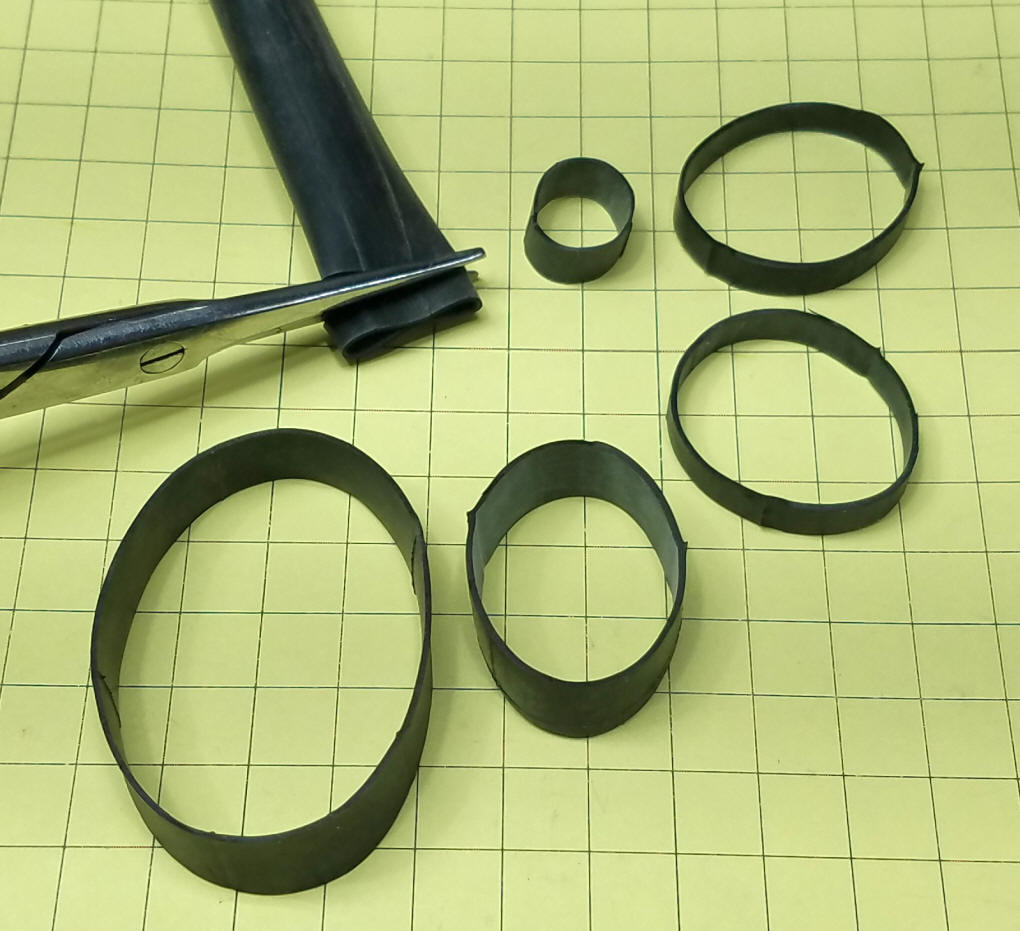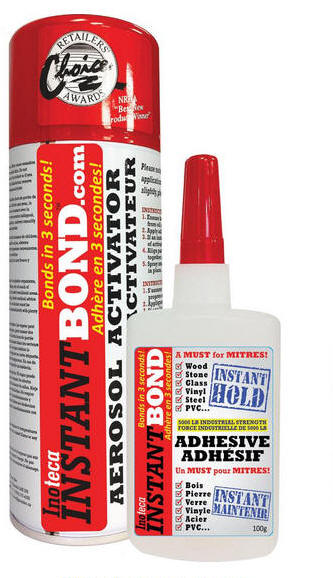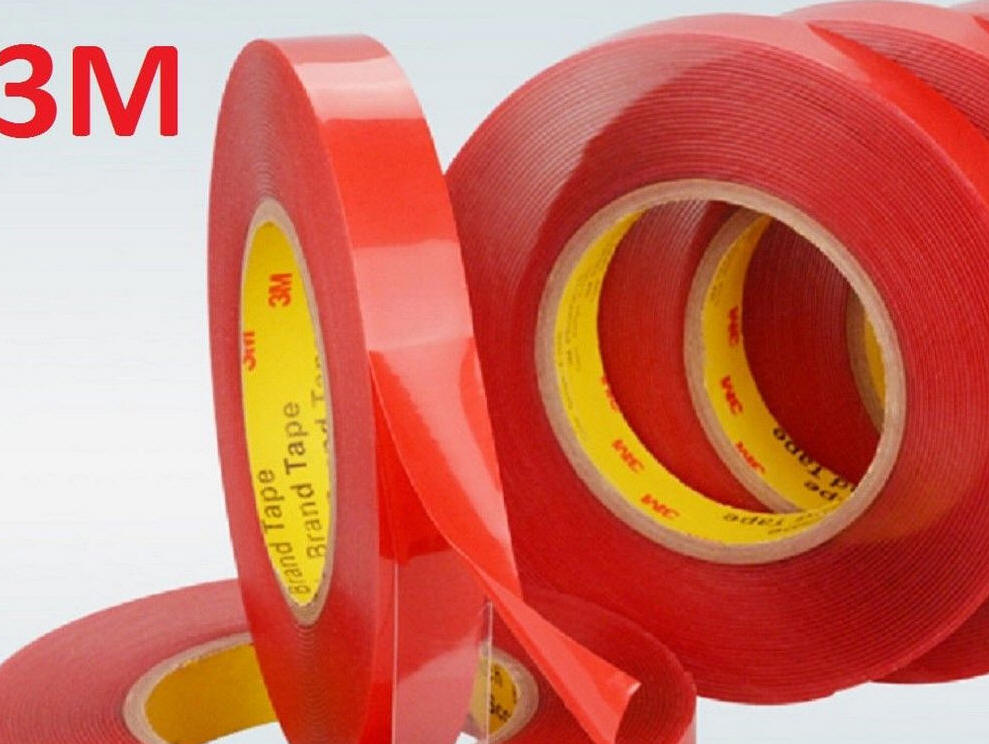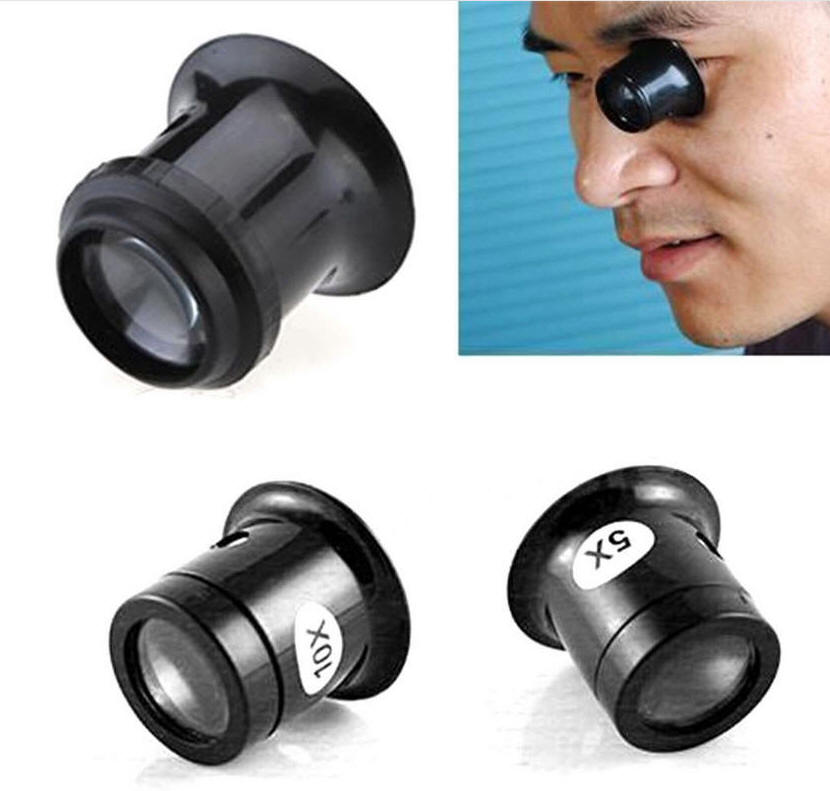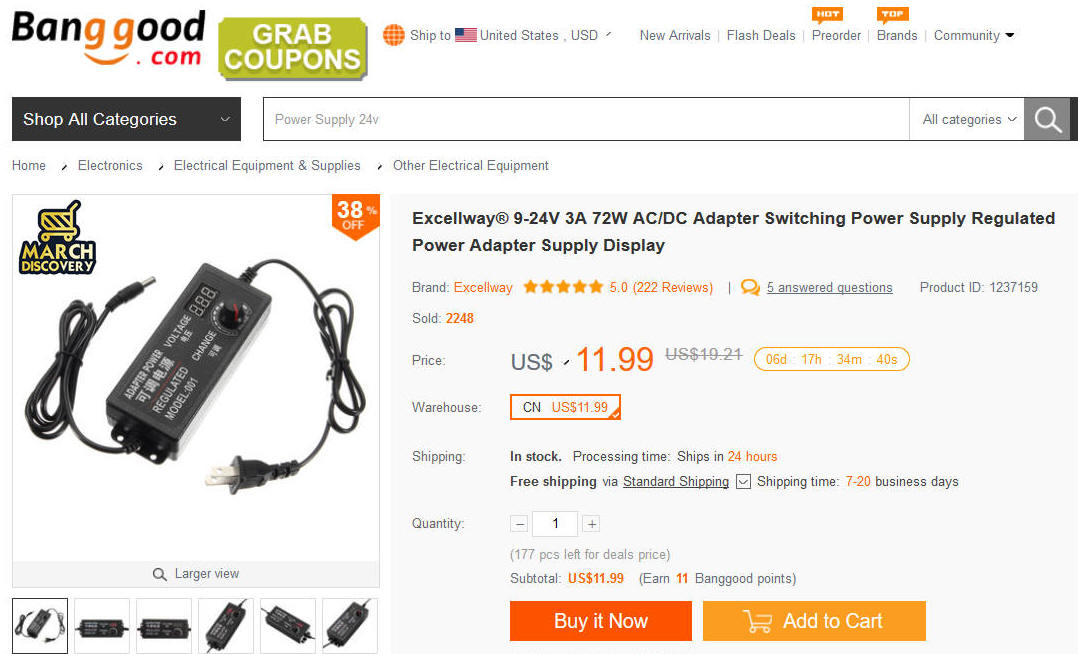| Cell Phone Batteries
While Nickel-Cadmium (NiCad) and
Nickel-Metal Hydride (NiMH) rechargeable batteries have a
place on my workbench I almost always choose to use Lithium
Ion cell phone batteries when I need a battery to power
something.
NiCad and NiMH cells provide 1.2
volts while Lithium Ion cell phone batteries supply 3.7
volts. I wire them either singly (3.7 volts), two in
series (7.4 volts) or three in series (11.1 volts)
If you choose to give this a try
make sure that the battery (actually a cell if you only use
one) has a protection board installed. Such a board
protects the cell from being over charged or over
discharged. Either of these extremes can quickly kill
the cell and can, in the case of overcharging, present a
hazard.
The cells I have been using
recently are meant for a Huawei Ascend II cell phone.
Other cell phone batteries work well, too, but I have found
these to have a protection board and to be of reasonable
cost. Typically only a few dollars each.
In this photo the covering on the
cell has been removed exposing the small circuit board and
its components (yellow arrows).
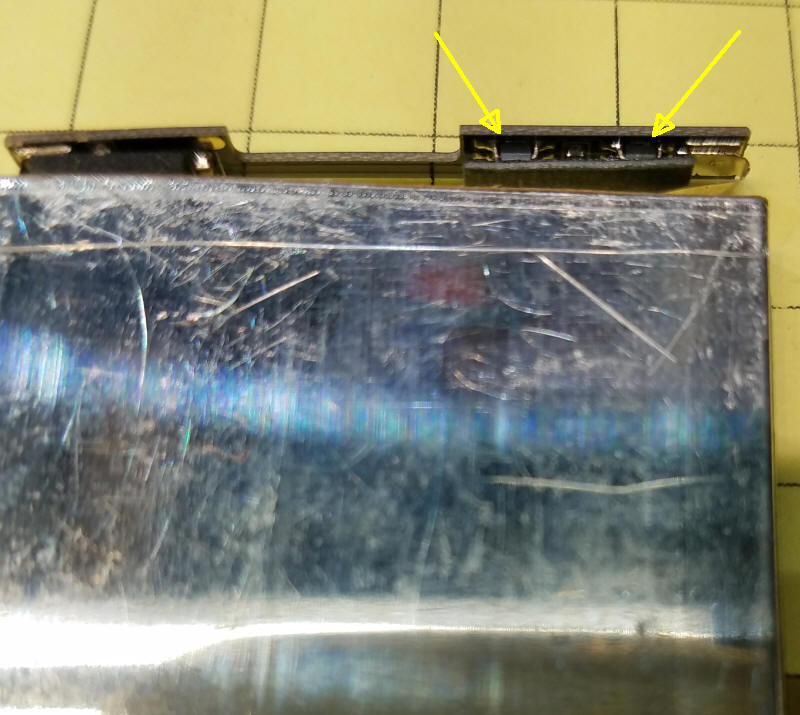
There are three gold terminals at
the top. The one closest to the edge is positive and
the inner one is negative.
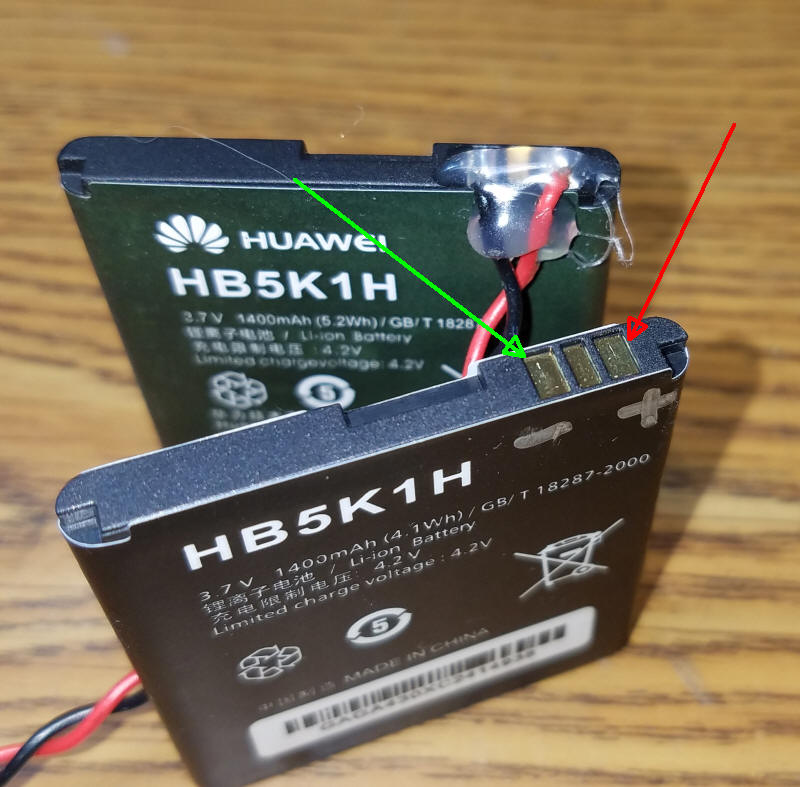
Here a red wire has been soldered
to the positive terminal and a black wire to the negative.
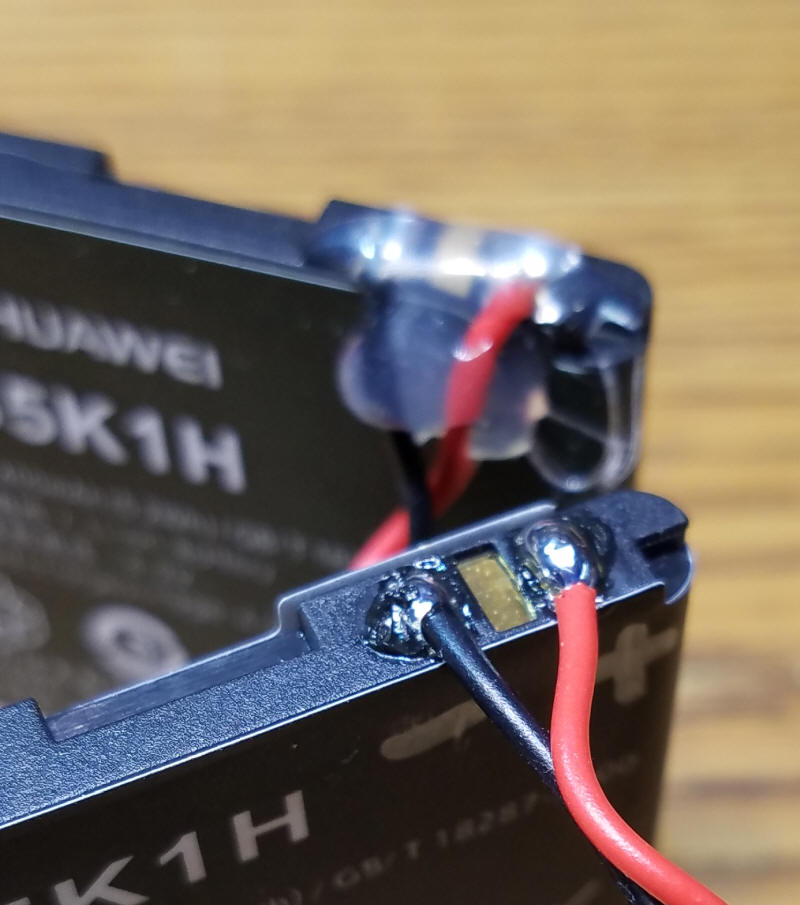
The cell in the background has had
its terminals insulated with hot glue. You can also do
this with electrical tape.
Here two cells have been wired in
series to create a battery that supplies 7.4 volts.
Note the blue wire that connects the positive terminal of
one cell to the negative terminal of the other. I have
gotten into the habit of using red/white wires for 7.4 volt
batteries.
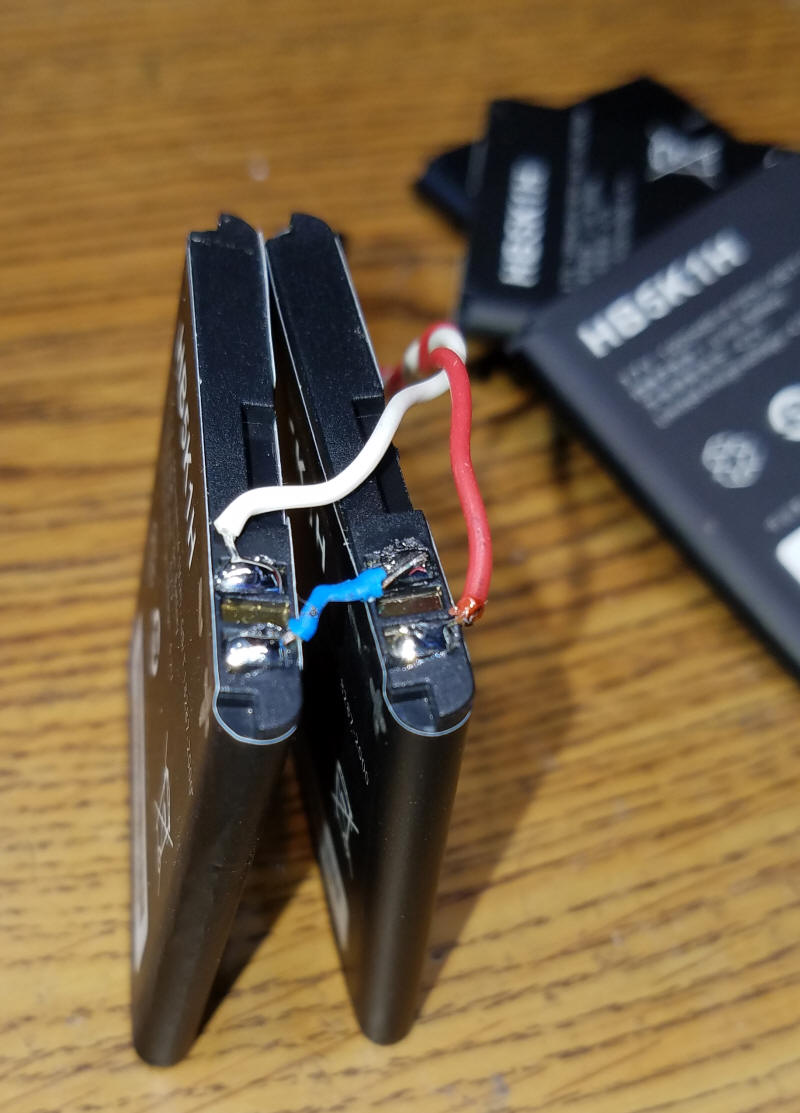
I have wired as many as three cells
together providing 11.1 volts. The wiring is shown
here. Note that there are two jumpers connecting the
cells in series.
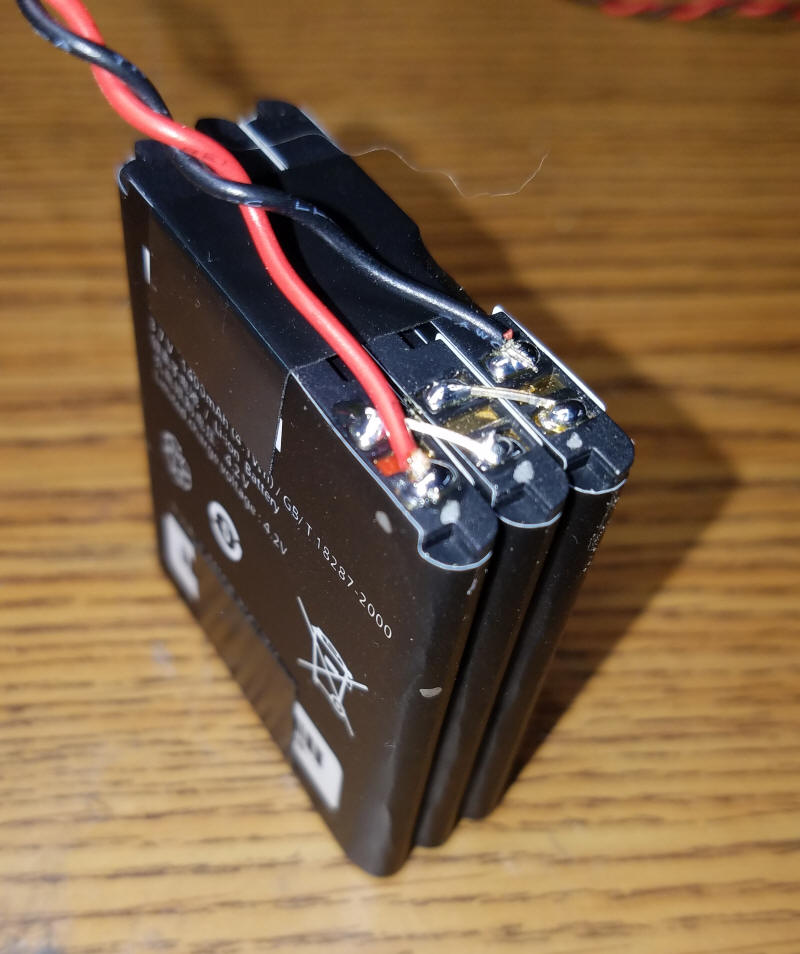
I charge the single cells with 5
volts DC that I get from an old cell phone charger.
The 7.4 volt batteries can be charged from a wall wart
providing 8 or 9 volts DC. The 11.1 volt batteries are
charged from one of my bench power supplies set to charge at
12 volts at 150 ma.
For larger capacity Lithium Ion
cells
Amazon sells a protected 18650 cell.
They are rated at 3000 mah, more than double the cell phone
batteries. They do not have solder tabs but you can
rough up the terminals and solder wires to them if you use a
hot iron, lots of flux and get in & out quickly so that you
don't heat up the cell. While soldering directly
to lithium cells is not recommended it can be done.
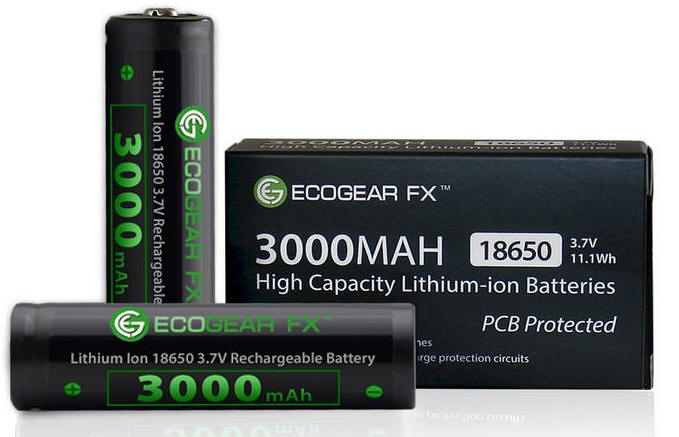 |
